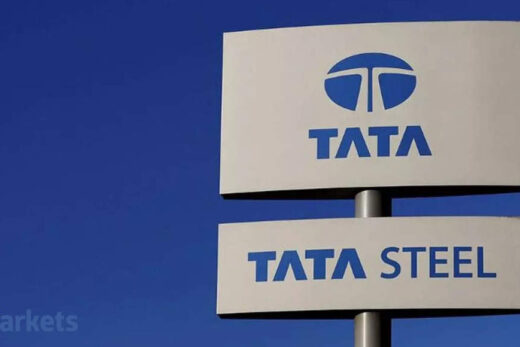Adhil Shetty, CEO, BankBazaar replies, “If you are looking at assured returns, you could split the money in post office schemes of various tenures. You can also consider just parking it in NSC or time deposits that provide higher returns compared to FDs. However, these returns are still low and can be negative after taxes if you account for inflation. If you are looking at returns comparable to or higher than EPF today, balanced mutual funds would help you pad up the low returns from bank FDs. If you are okay to take much higher risks, controlled and gradual equity exposure over a 10-year period would help. Investing in low-cost index funds from reputed fund houses could be a good place to start.”
I am 23 and earn Rs 65,000 per month. I want to accumulate a corpus of Rs 50 lakh over the next six years to fund my higher studies abroad. I am investing Rs 6,000 per month in mutual funds. I invest Rs 2,000 each in Nippon Small Cap & Axis Midcap, Rs 1,000 each in Axis Blue Chip and Parag Parikh Flexicap. Other investments include SBI Ulip of five years – Rs 50,000 each (three installments left) and Post Office RD of Rs 5,000. I have another Rs 2 lakh in savings. Where should I invest this? Will my investments help me achieve the target I have set
Sanjiv Bajaj, Joint Chairman & MD, Bajaj Capital replies: Even If we consider 10% CAGR returns over the next six years on your existing investments, it will accumulate a corpus of Rs 15 lakh only. To attain the goal of Rs 50 lakh, you need to substantially increase your monthly contribution at least up to Rs 40,000. You may consider a comprehensive mutual fund portfolio consisting of pure equity and hybrid funds. The Rs 2 lakh savings can be equally divided in ICICI Prudential Asset Allocator FoF and Kotak Balanced Advantage Fund. These are Dynamic Asset Allocation funds that enjoy the flexibility in terms of asset allocation between equity and debt depending upon market situation. This strategy strikes a balance between risk and returns with lower drawdown than an equity investment and higher return than a debt investment. At least 5-10% of your overall monthly income should be kept aside as an emergency fund. If you are still able to manage to invest Rs 40,000 monthly or otherwise you can gradually increase your monthly investment which can be invested with equal contribution in funds namely, Parag Parikh Flexi Cap Fund, UTI Flexi Cap Fund, Canara Robeco Flexi Cap Fund, Mirae Asset Mid Cap Fund, HDFC Large & Mid Cap Fund, Kotak Small Cap Fund & IDFC Sterling Value Fund. This way your entire portfolio will be diversified across asset class, category, scheme and AMC. It is also advisable to keep reviewing your portfolio at least once in a year.



